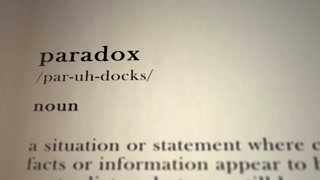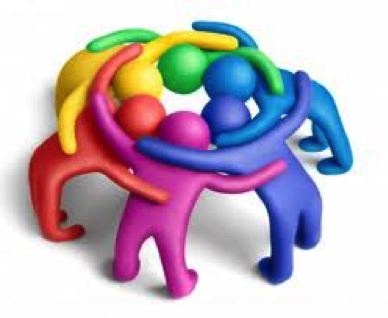Social Media and major gifts … REALLY?!
Part 3 … the most critical elements.
Here I would like to look briefly at a most critical element in the major gift program … Stewardship. Then I will offer some logistics to help facilitate an effective use of social media during your campaign and address a common issue in how to still promote your organization despite a donor requesting to remain anonymous.
Stewardship
Using the philosophy that stewardship starts with the donor’s thank you, social media can play a meaningful role in this phase of the major gift development process.
 Organizational “news” placed on social media platforms have far greater potential to spread the opportunities to major gift donors and
Organizational “news” placed on social media platforms have far greater potential to spread the opportunities to major gift donors and
prospects than more traditional methods, like newsletter, emails, blogs, or website updates. Thus, appropriately using all of the organization’s social media platforms to publicly thank a donor (assuming the donor’s permission) by tying them to the opportunity they are filling can
have a far-reaching and positive impact. It is likely the donor’s friends will spread this kind of activity, whether or not they previously supported or even interacted with your organization. The news is also likely to be shared by those who are interested in the opportunity that was filled (even if they don’t know the donor) again, likely exposing the need and your organizational mission to new audiences.
Promoting the donation along with explaining what the donation means to those served by your organization is likely to have to other advantages worth mentioning:
1) People like to get behind a winner. This gift might be the sign needed that your organization is a winner, thus garnering new, renewed, and increased giving.
2) Others who are motivated (even if only secretly) by such public accolades are far more likely to step forward in the same manner; or at the very least be motivated to learn more about your mission.
It is important to note that there is value in engaging social media to bring exposure to:
- a) the opportunity being met
- b) any remaining unmet opportunities
- c) the donor’s gift
- d) the donor and the donor’s ‘why’
The low cost of social media makes it be one of the most practical ways to provide long-term donor stewardship. For example, an organization may take the opportunity to highlight the donor, or their family, when mission-based activity is made possible
because of the gift. This can most easily be seen in capital campaigns. For example, a Facebook picture and post of a group of children learning in the McGown Family Classroom, tagging the donor in the entry, is a great way to recognize the donor for their contribution. While naming opportunities of all types make it easier, you aren’t limited to them. Let your imagination run wild and explore all the possibilities.
Record Keeping
It is a common practice to record email addresses in a donor management system. However, experience shows that donors and prospects change their email addresses far more often than they change their social media profiles, yet most organizations neglect this important data point.
An astute non-profit would reflect in my record
facebook.com/clmgown
twitter.com/clmcgown
Youtube.com/clmcgown
linkedin.com/in/mcgown
… just to name a few.
I suggest simply providing for a uniform database location and uniform naming convention to simplify later research.
One best practice is to record any specific interactions with donors/prospects through the various social media outlets—just as you would from more traditional interactions. Like any communication, it is important to also standardize the format used for recording the social media interactions to provide for data integrity and far greater research options.
Anonymous Donors
Before we wrap-up, just a quick word about “anonymous donors.” It is presumed that the organization knows the donor, but the donor has opted to remain anonymous. In those cases, the best practice could be for your organization to still use social media to promote and steward the gift, just without the use of the donor’s name or clearly identifiable traits. Talk with the donor. If this is a serious concern, pass the information by them first requesting their permission to use it and reminding them of the value to the organization such sharing can have.
Social media is not a replacement for personal ‘high-touch’ activities that lead to a successful program. Rather, social media is yet another tool used as part of an overall process of identification, cultivation, solicitation, and stewardship of major gift donors.
Wrap-up
Social media is an option as an active or passive part of the major gift development process. Given the composite of most organization’s major donors, for the next couple of years an organization can take their time in developing a plan for how social media will become part of their major gift development process.
Regardless of the platform, social media is certain to have a growing place of prominence in the lives of our prospects and donors. Social media will not replace major gift officers. But the value is growing every day. As such we should treat it as another tool, a potentially powerful tool, one that should be used as part of a strategic major gift development plan.
The Bridge is a full-service consulting firm that supports non-profits in Leadership Development, Major Gift Campaigns and Board Building. To help you get started planning your Major Gifts and Social Media Strategy, download our free Cultivation Calendar.





